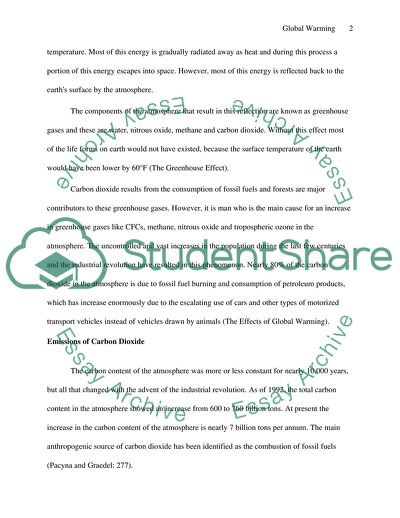Cite this document
(Global Warming: Atmospheric Emissions Inventories Assignment, n.d.)
Global Warming: Atmospheric Emissions Inventories Assignment. https://studentshare.org/environmental-studies/1705122-global-warming
Global Warming: Atmospheric Emissions Inventories Assignment. https://studentshare.org/environmental-studies/1705122-global-warming
(Global Warming: Atmospheric Emissions Inventories Assignment)
Global Warming: Atmospheric Emissions Inventories Assignment. https://studentshare.org/environmental-studies/1705122-global-warming.
Global Warming: Atmospheric Emissions Inventories Assignment. https://studentshare.org/environmental-studies/1705122-global-warming.
“Global Warming: Atmospheric Emissions Inventories Assignment”. https://studentshare.org/environmental-studies/1705122-global-warming.


